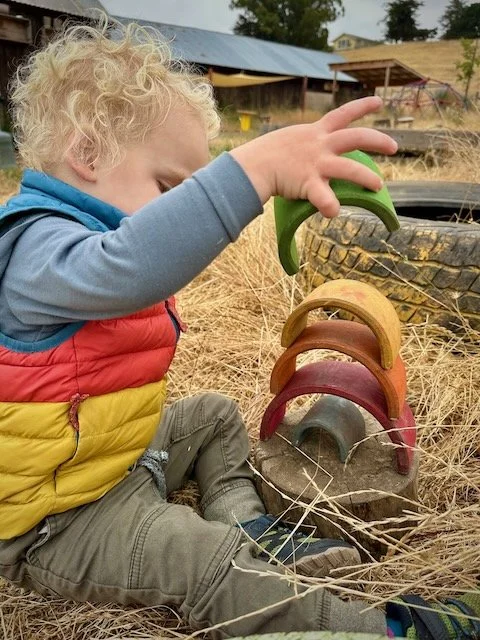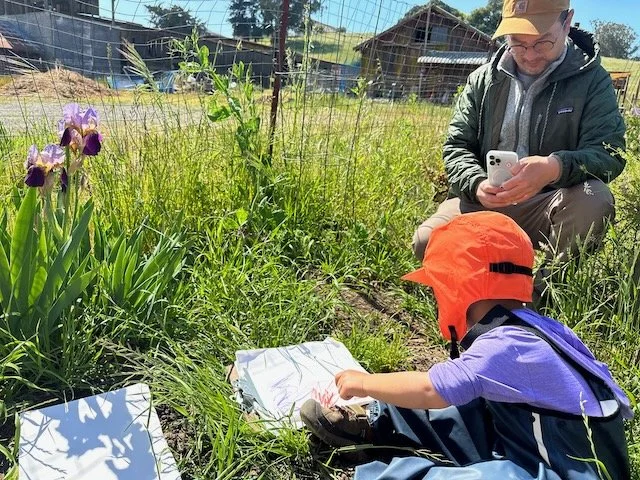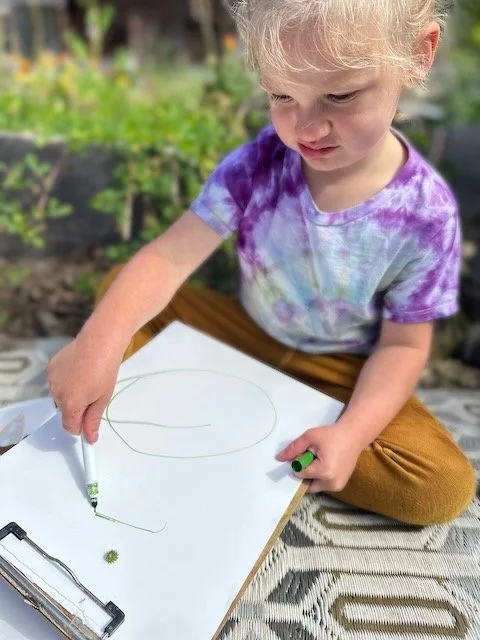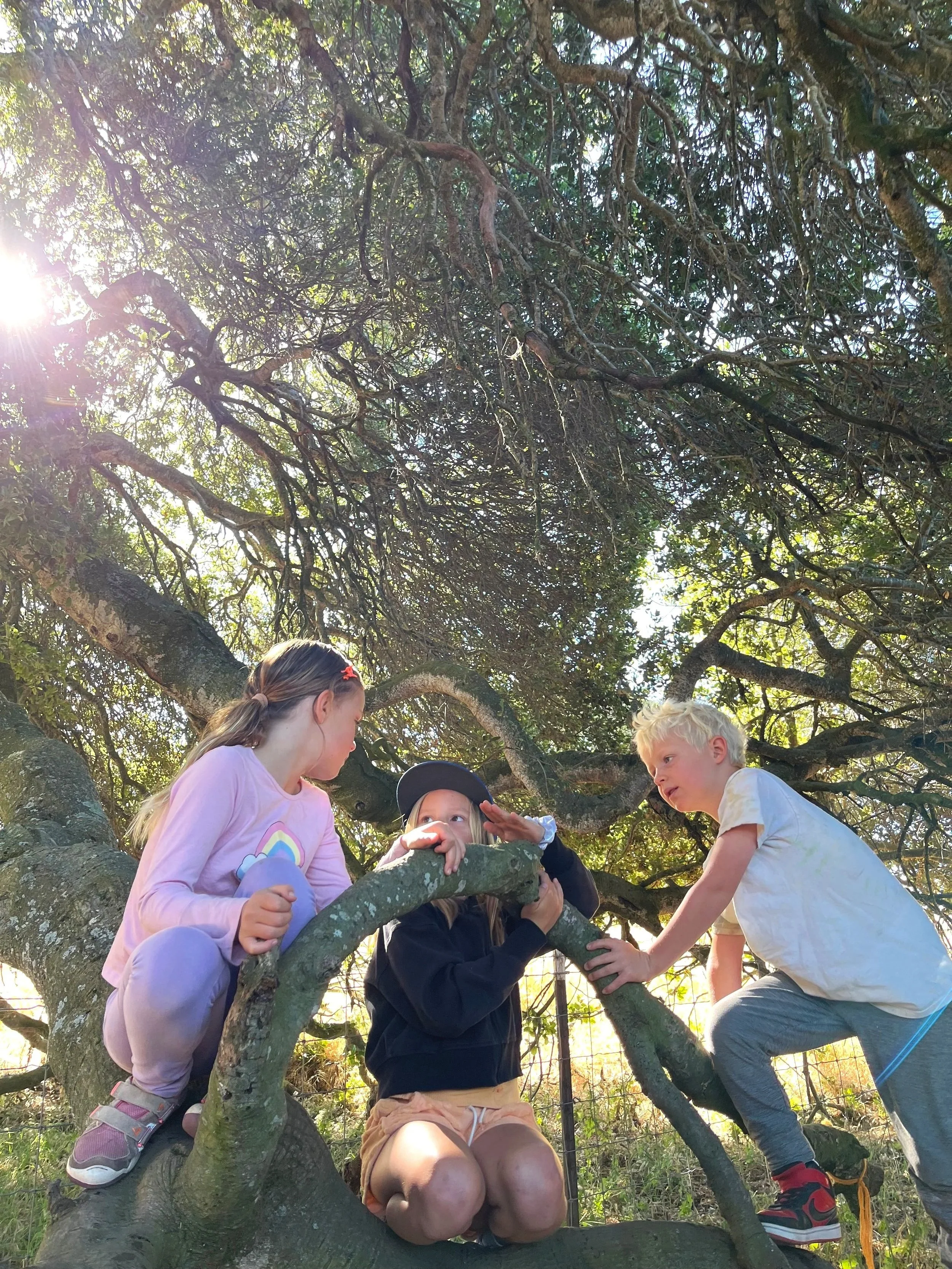How We Learn
Our goal is that each child will possess an image of themselves as competent, wise, strong, and capable of taking risks. We believe this strength and wisdom will enable them to navigate a rapidly changing world with confidence and flexibility. This is why we protect their play.
We start with the foundations of multi-sensory play, farm chores, and secure relationships. Using inquiry cycles, storytelling, visual representation, and documentation, we guide the learning process with (not for) kids.
Because this approach is customized to each child, it works for all ages and for all neurological types. Middle and older childhood participants also begin to engage from a foundation of multi-sensory experiences, relationships rooted in trust, and opportunities to tend to the land and care for its animals.
With mutual respect established, and a rich context of tools and materials, older children easily move into meaningful projects that stem from their imaginations and interests. We encourage them to create solutions when they have identified problems or needs in their community. This will naturally include the integration of academic skill building such as mathematics, verbal communication, graphic representation, sequential and logical thinking, spatial reasoning, and finger and hand coordination.
We draw on best practices from social constructivist early childhood education and the latest research on play and brain development to support whole-child learning.
-
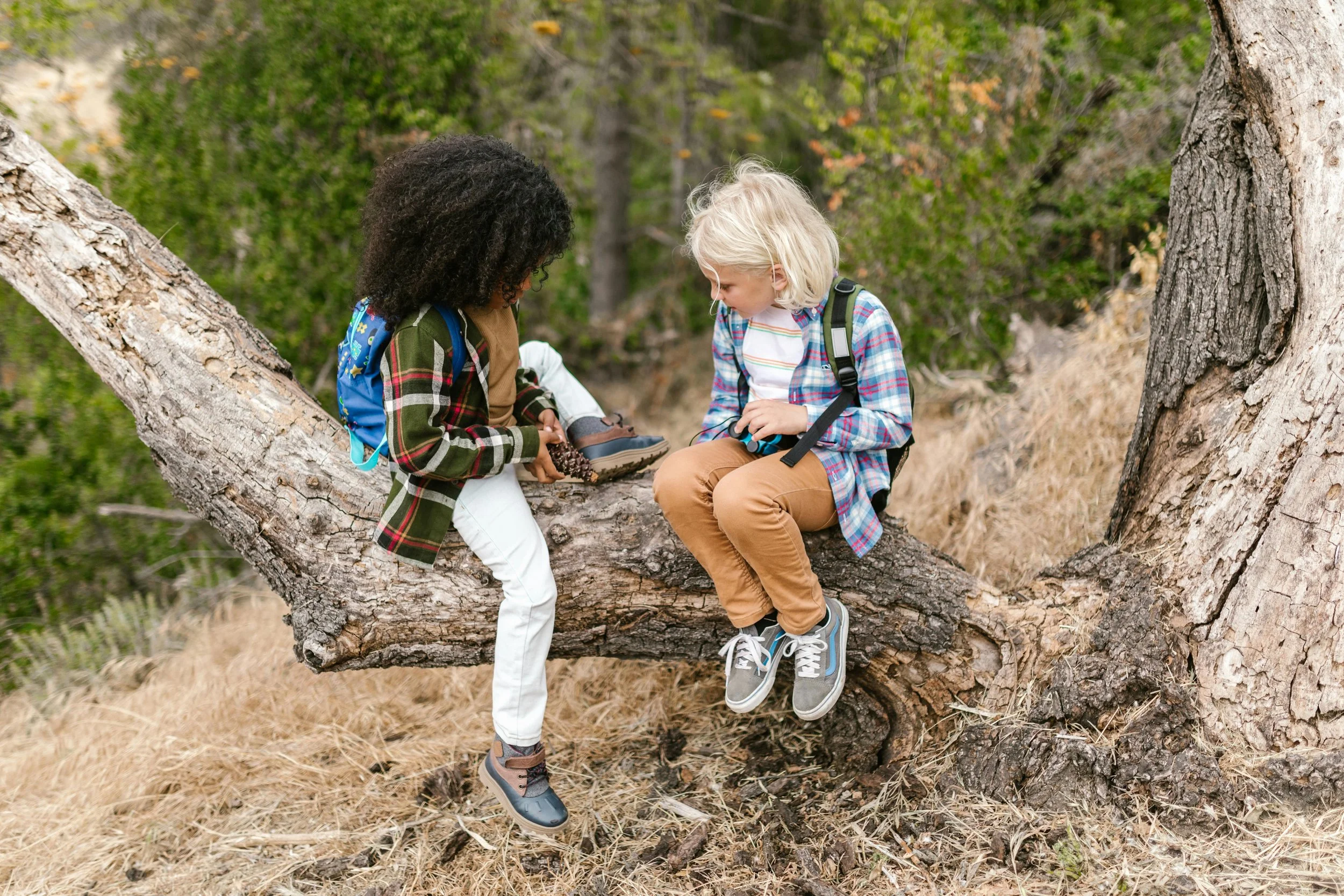
Forest School
The Forest School movement affirms that children have a right to long, uninterrupted periods of play and exploration in the natural world. With the support of a trusted adult mentor—ideally grounded in both wilderness skills and a holistic understanding of child development—children build life skills, resilience, and curiosity. Nature and the child themself are the richest educational resources.
-

Reggio Emilia
Rooted in anti-fascist resistance, the Reggio Emilia approach centers democracy, collaboration, and respect for the child’s voice. Children, parents, and teachers are equal partners in learning. The environment is a third teacher, and learning unfolds through observation, dialogue, and co-creation. Children are seen as capable, creative, and expressive in a hundred languages. Parents are valued as essential partners in the process.
-

Waldorf
The Waldorf philosophy invites us to slow down and honor the natural rhythm of childhood. Learning is aligned with developmental milestones and steeped in rhythm, song, story, herbal tea, nature, and warmth. It values imagination, repetition, beauty, and a sense of wonder as foundational to early learning, emotional wellbeing, and healthy development.
-
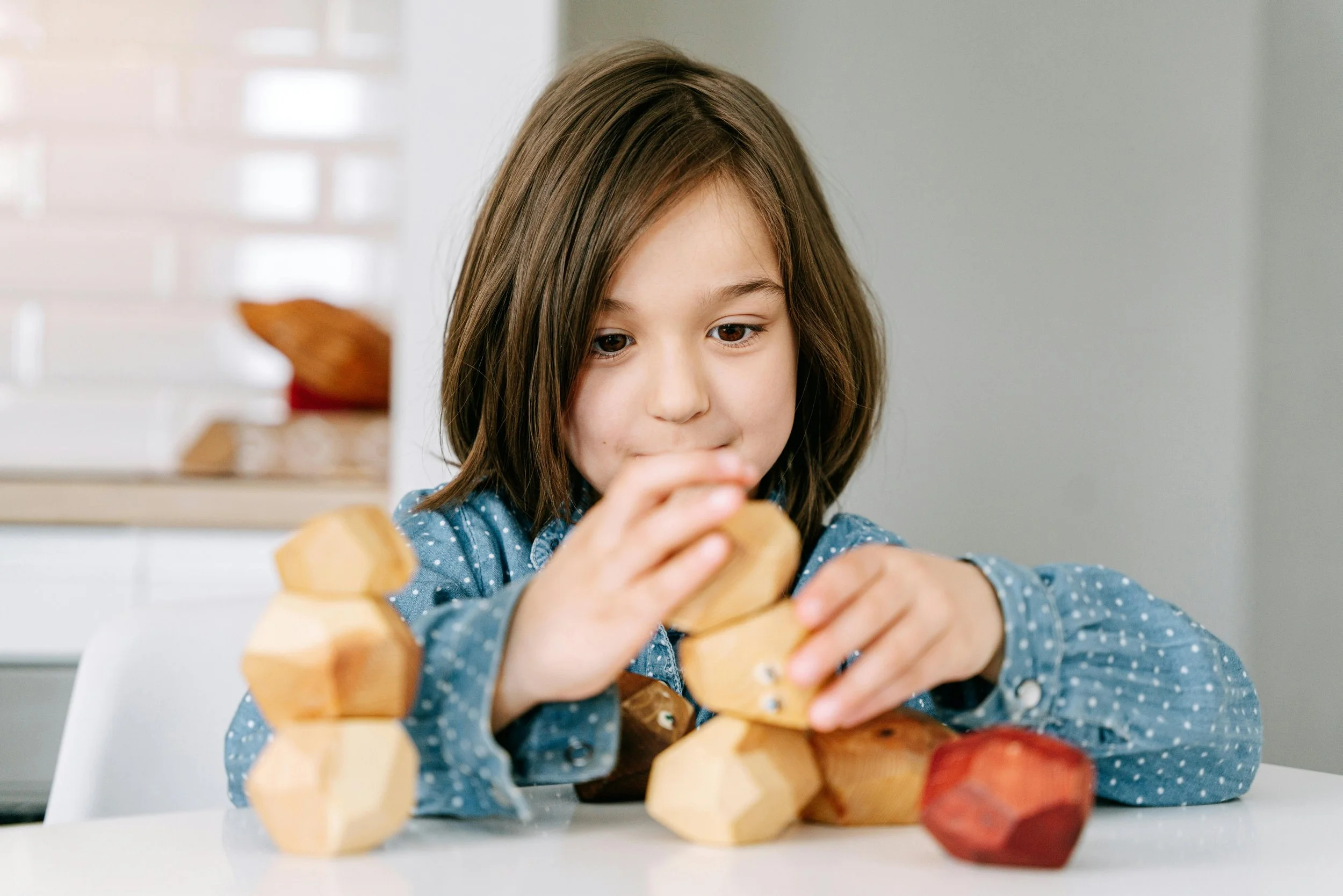
Montessori
Dr. Maria Montessori revolutionized early education by creating carefully prepared environments where children could engage independently with child-sized tools and meaningful materials. Hands-on work and purposeful play builds confidence, focus, and independe agency in children. This approach nurtures concentration, responsibility, and respect for both self and others.
“At Sunbeam, we trust in the power of children’s intrinsic motivations. We acknowledge that they are already equipped with the best tools for learning: their curiosity and imagination. Our learning is hands-on, and always growing from what matters most to the children themselves.”
- Shawna Thompson, Founding Director
We are strongly influenced by the Reggio Emilia approach and pedagogy.
This beautiful way of learning began in Italy after World War II, when a group of parents and teachers came together to build a better future for their children—one rooted in peace, cooperation, and respect.
In Reggio-inspired schools, children are seen as capable, creative, and full of ideas. Learning is guided by the child’s discoveries and questions - also known as emergent curriculum. Teachers, parents, and children are partners in learning.
We also regard the environment as a “third teacher”; we put care into creating spaces that are natural, beautiful, and full of open-ended materials to explore, often what we call loose parts. Children are encouraged to express themselves in many different ways: through visual art, movement, music, storytelling, ordering, categorizing, constructing, deconstructing. These are what we call “the hundred languages of children.”
The Cycle of Inquiry
Using the cycle of inquiry, we facilitate the children’s meaning-making and awareness of their place in the natural world. Through this framework of discovering, questioning, observing, representing, reframing, and revisiting, we guide the children through deeper meaning-making and toward self-directed problem solving and project work.
The cycle of inquiry is used in many other fields, by entrepreneurs, innovators, scientists and engineers. This is a process that is methodical yet organic.
Through work samples, notes and photos, our goal is to document the children’s play and learning processes to place value on their unique and interesting perspectives and on their current competencies.
We believe that children are natural scientists, and their observant, inquisitive skills must be nurtured and preserved.
“When children play in natural spaces, they’re far more likely to invent their own games than in more structured settings—a key factor in becoming self-directed and inventive adults later in life.”
- Richard Louv, 2005

